So our school year is over and we are taking a break, the first few days of the summer holidays I try and pack away from the year’s school, so that when we start the next year I am good to go… ready to rock and roll as soon as we begin again. In the meantime, I have been flipping through my children’s nature journals and seen just how much nature study they have been doing… all thanks to our pile of review books from Struik Nature.
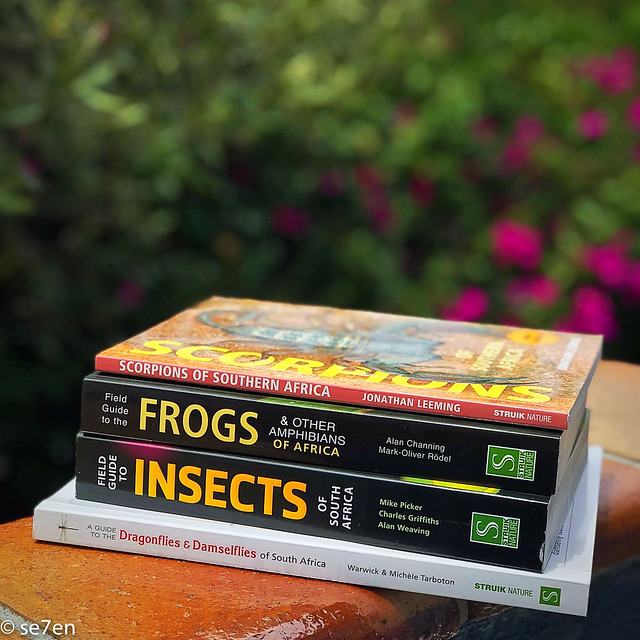
I have found that using field guides for nature study has really “upped” my kids’ observation skills, the more they have read about a particular animal the more closely they observe… looking for things they may not noticed if they had not read about them before. Otherwise the fantastic photographic details in these books really makes it a lot easier to see all sorts of special features… and what you can’t see in photographs they have illustrated with very clear diagrams. So perfect for learning before heading out into the wilds, and even better when you are out in the wild.

One or two of these books have been tossed in a backpack so many times, they look like they could be a thousand here’s old… totally worth it, they are being used and loved. That being said, they have stood the test of time, and robust enough to withstand life out in the wilds. They have a fair amount of hiking dust and mountain top sandwich crumbs… and that’s okay, because a used field guide is a loved field guide… and that’s just the way I like it.
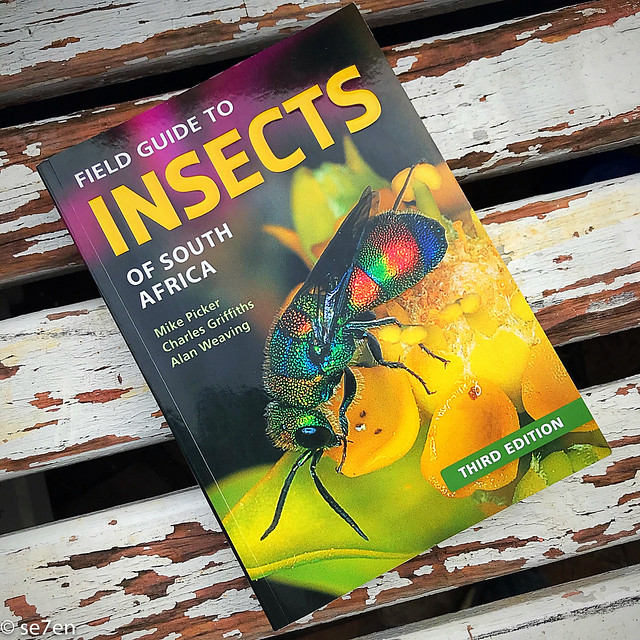
Field Guide to Insects of South Africa
This book is a classic, It is the ultimate guide to insects all over South Africa, and if you live with a number of curious short people then it is absolutely essential for answering ALL the questions and discovering a whole lot more information than you were looking for to begin with. It’s great for dipping into, it is great for researching some really magical beasts and it is fantastic for satisfying curiosity.

Se7en Features of The Field Guide to Insects of South Africa:
- The Introduction: was fascinating and we read it entirely for school one morning. The plan was to read a little of the introduction and then start dipping into it… but there is so much packed into the introduction that we got lost in it. Apart from an expected general outline of the insect body, and the range of metamorphisi, there were also tips on where to find them, how to collect them and photograph them. Really interesting stuff!
- How to Use the Book: There is a brief mention on insect relatives, such as spiders and scorpions, followed by a page on “How to use the Book.” I am not sure why that is tucked in on page 22/23, I would have put that information front and central, but we immediately popped a book mark in there for a quick reference.
- The Inside Covers: On the inside covers there is an extremely good and quick guide to all the Insect Orders, it is a great quick reference with a diagram of the type of insect, followed by the name of the Order and the page number.
- Insect Orders: With so many species of insects abounding, the book is divided up into insect Orders, and at the beginning of each chapter, or Order, there is a description of the Order and any special features are described.
- Each Insect: is listed within its Order, with a distribution map, its Latin and common name, as well as the insects size. Where to find the insect, it’s habitat, its lifecycle and of course a thorough description of the insect.
- The Photographs: Each insect has been carefully photographed and the full colour photographs are not only beautiful but clear up any problems that you may have been having with identification. The photographs are really what places this insect book firmly on the coffee table in our house, every time someone opens it, they recognise an insect and dip into the description to find out more about it.
- There is a Glossary and Index: There is a useful glossary as well as a list of resources to go and explore further. Also there are useful indexes of both scientific and common names, so if you want to look something up, after spotting it’s image in the end page quick reference guide, then it is easy to do so.


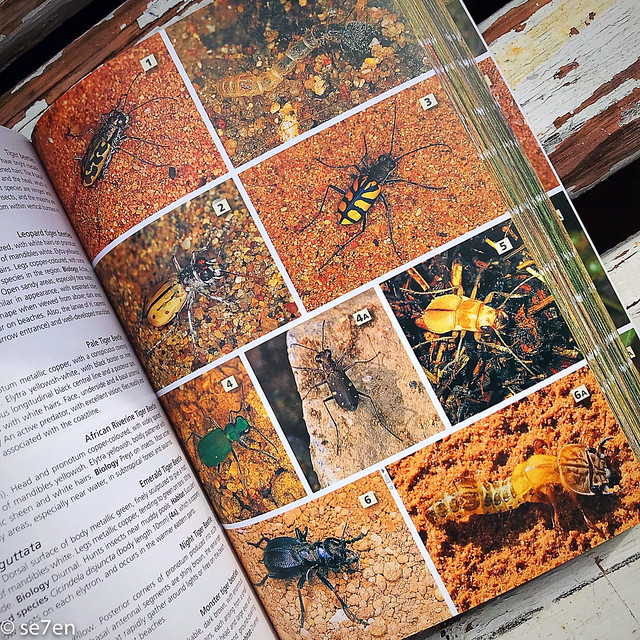
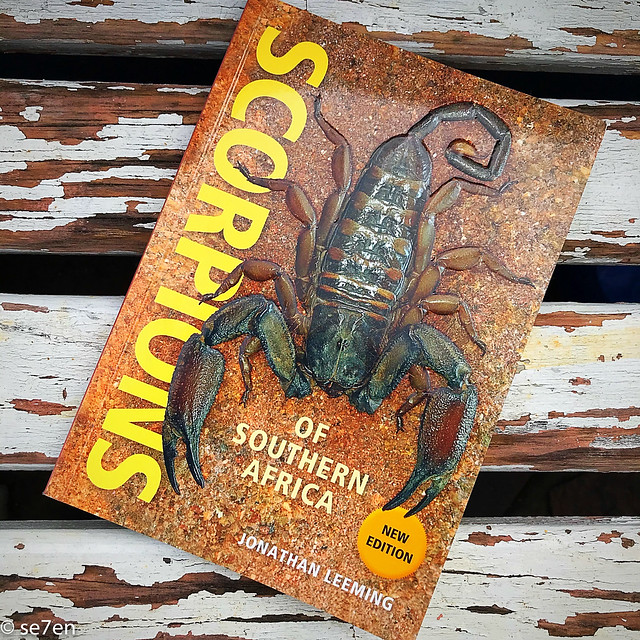
Field Guide to Scorpions of Southern Africa by Jonathan Leeming
I have to say that scorpions may not be my favourite choice of animal for an observational study… in fact I am a little weary of them. That is not the case for my gang… who are thrilled at any opportunity to go exploring and looking for them… did you know that scorpions glow in the dark.

To be honest I didn’t know that much about scorpions before I read this book, and so we got really stuck into this book. It is not so much a field guide, but a complete guide to everything you need to know about scorpions as well as everything you need to identify any scorpions that you might encounter as well.
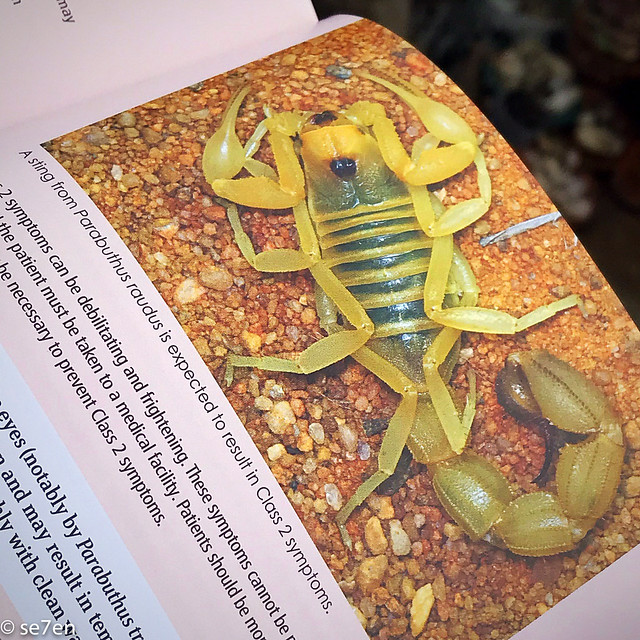
This book covers everything from identification to observing them, collecting them and close encounters. Excellent diagrams and photographs throughout, not to mention loads of learning.


Field Guide to Dragonflies and Damselflies of South Africa
For anyone who is magically orientated and loves and adores nature, then this book is the way to go it is packed with essential information dragonflies, and damselflies, the whole book was really was a treasure chest of discovery for us. The photography and illustrations in this book are out of this world.
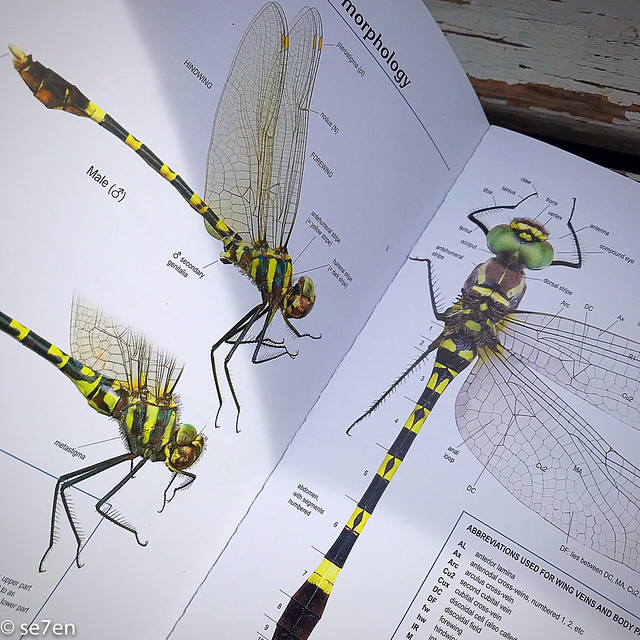
If you have ever tried to photograph a dragonfly you will know exactly what I mean about impossible to photograph. The insects are divided into families, and there is an index of scientific names, English names and Afrikaans names. The most interesting page was the page with the illustrations of various larvae, my goodness… somewhere along the chain of metamorphosis, it is incredible to see that these creatures have the beautiful outcome that they do.

We learnt about dragonflies on a Citizen Science hike in Cape Point, where we discovered that dragonflies are an indicator species for fresh water. And another time learned more about water quality with Changing Lives Through Nature.

Certain species in an area indicate the level of freshness in that area, and interestingly enough… in our period of drought, we did go through almost an entire summer of absolutely no dragonflies around. If you are interested in dragonflies and want to know more about them, then this website: Dragonflies and Damselflies of South Africa has been an excellent resource.


Frogs and Other Amphibians of Africa by Alan Channing and Mark-Oliver Rödel
Another species that indicates the health and wellness of the environment around it are frogs and amphibians. We have explored frogs before, with the Young Explorer App, and the Beginner’s Guide to Frogs… but this book is the Complete Field Guide and is for those folk that want to know absolutely everything. There is a lot to learn about frogs and frogging and this guide is essential to knowing more about frogs, before you start to research them. There is a section in the Introduction on how to identify frogs as well as a fantastic glossary of ALL things froggy, which I am so glad they didn’t leave to the end of the book as most glossaries are, simply because you need to become familiar with the terms to read through the book.

There is an excellent photographic identification guide, for a quick look up, and to take you further into the book to find a particular family of frogs. Because the book covers all of Africa, you really do need the individual identification maps that are with each frog in the book… it helps to know that the frog you are looking at is not from the far side of the continent.

Otherwise, all the typical information is there: scientific name, common name, local name, size, habits, appearance and habitats. The information is detailed and you can learn a lot about a particular frog, that you may be looking at, by reading up about it in the field guide.

Amazon Affiliates Links to the Books Mentioned in this Post




All these books were given to us for review purposes by Penguin Random House South Africa and Struik Nature. This is not a sponsored post and opinions expressed are entirely our own.
